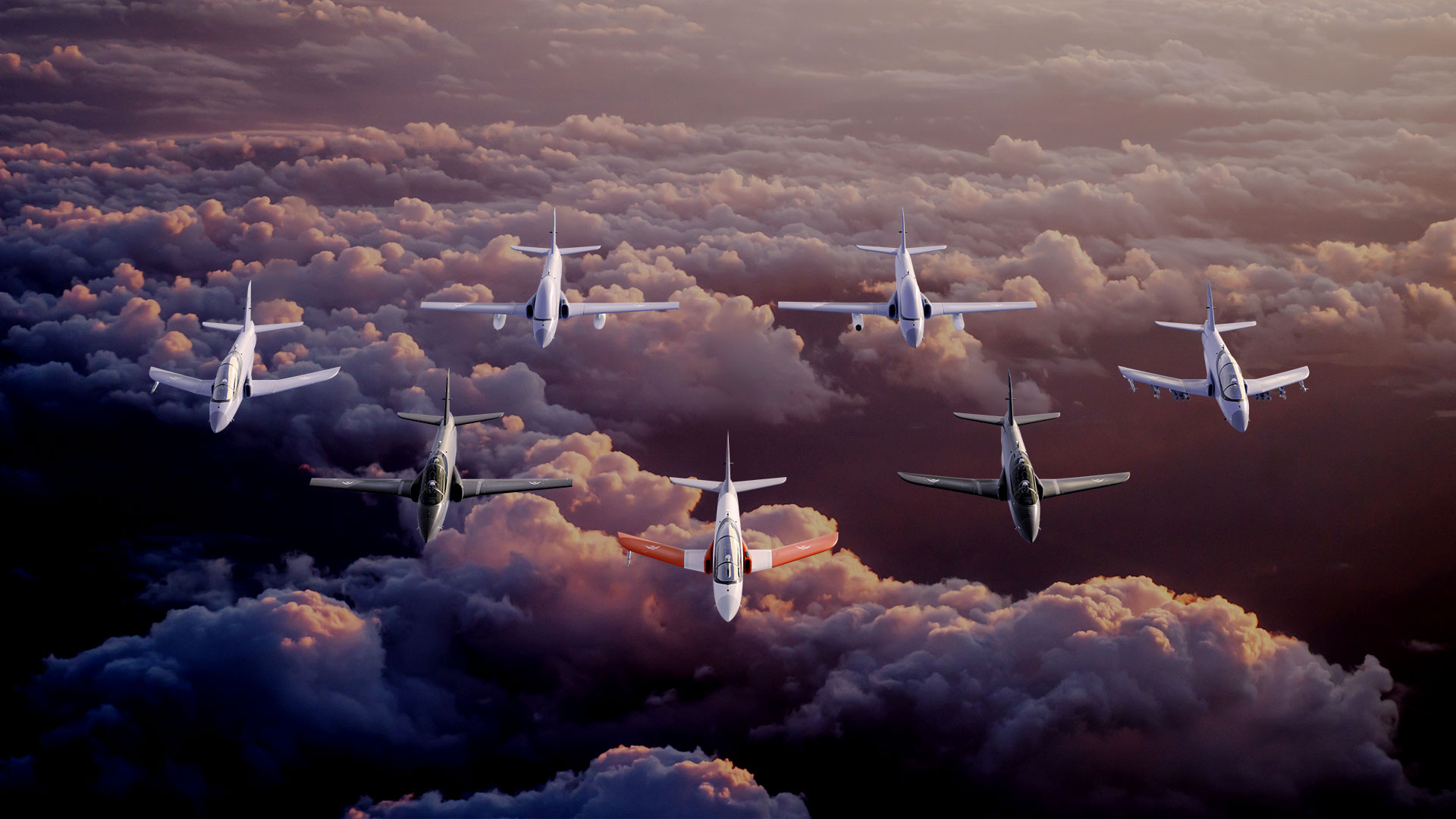
Dark clouds loom over RIAT/FIA
FARNBOROUGH buzzed with new tech and fresh ambition – from cleaner fuels to eVTOL air taxis – and RIAT once again facilitated committed international entente and air-ripping, visceral displays. However, behind the scenes, concerns intensified for how Russian aggression is hastening the need for next generation air capability; and how western allies will afford it.
Gravely, the context for 2024’s shows was not so much about systems to deter a potential conflict but how we prepare to fight a likely conflict in the next three to five years.
The future of GCAP
GCAP, if it retains UK backing after the Strategic Defence Review (SDR) to be published next year, won’t be operational until c.2035; and as Justin Bronk, senior research fellow for airpower and technology at the UK defence think tank, Royal United Services Institute, commented, GCAP will be impossible from a financial perspective if there’s a war in Europe: “…because the global economy will have completely tanked.”
The future of NGAD
This is clearly a concern shared by USAF, as their own 6th Generation fighter programme, NGAD (Next Generation Air Defence) seems to be hanging in the balance. Speaking in June this year, US Air Force Chief of Staff Gen. David W. Alvin commented about USAF’s shift in focus away from long-term platforms: “It’s the systems that make the difference. So privileging design rather than very expensive hardware that is so expensive you can’t afford enough of them to be able to use, I think is one of the areas that we’re pursuing in several of the capabilities we’re developing.”
“…if you can fit that technology into the current form factor because it’s modular, great. If not put that aside…”
This includes USAF’s Collaborative Combat Aircraft (CCA) drone wingman programme which is delivering new insights into how the force develops capability, including a modularised approach to integrating future capabilities: “…if you can fit that technology into the current form factor because it’s modular, great. If not put that aside,” Gen. Alvin said.
Lessons learned from the conflict in Ukraine
In the meantime, Ukraine has only just received NATO member-donated F-16s after months of diplomacy, preparation and pilot training, and still suffering from a lack of trained pilots to fly them. This highlights gaps in internationally co-ordinated air defence responses that don’t have the luxury of being able to be shaped like GCAP or NGAD, but instead seek the ability to field force mass, trained crews and supporting logistics rapidly.
A Europe facing the prospect of an imminent conflict will likely need to eschew the complex technology of tomorrow’s air combat systems for nearer-term, reliable, productive jets in volume
A Europe facing the prospect of an imminent conflict will likely need to eschew the complex technology of tomorrow’s air combat systems for nearer-term, reliable, productive jets in volume, and that they can fly today at unprecedented scale. That will require standardisation of aircraft and training, commonality of spares and international availability of platforms and weapons they can use.
What allied forces need
Availability, affordability and adaptability are what are likely to be needed in short order
Our allied air force community’s ability to respond in the near-term to the danger on our doorstep has not the time nor money to await future programmes that deliver exquisite platforms that are right for the few but too precious to fight – or loan for others to do so. Availability, affordability and adaptability are what are likely to be needed in short order – the principles at the heart of the AERALIS air system.
Follow us on LinkedIn for more industry insights, comment and updates on the AERALIS programme to deliver The Future of Air Force Fleets.